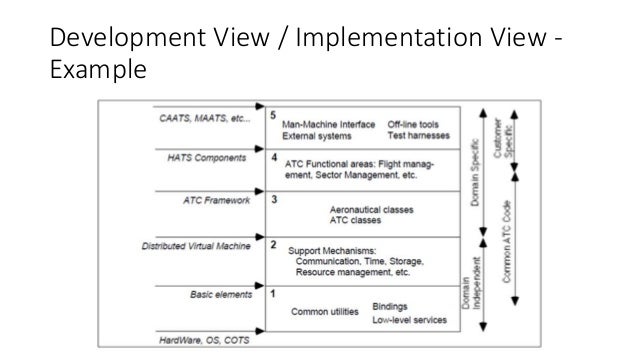DFP5043 – Software
Requirement and Design
Tutorial Lab5
CLO2
Instruction:
Discuss and contribute
together to answer
the questions below and
post the answer to the class’s blog.
Don’t forget to write
your name in the blog.
Q1.
Discover ambiguities or omissions in the following statement of
requirements
for part of a ticket-issuing system:
An
automated ticket-issuing system sells rail tickets. Users select their
destination
and input a credit card and a personal identification number.
The
rail ticket is issued and their credit card account charged. When the user
presses
the start button, a menu display of potential destinations is
activated,
along with a message to the user to select a destination. Once a
destination
has been selected, users are requested to input their credit card.
Its
validity is checked and the user is then requested to input a personal
identifier.
When the credit transaction has been validated, the ticket is
issued.
Answer:
Ambiguities
and omissions include:
1.
Can a customer buy several tickets for the same destination together or must
they be bought one at a time?
2.
Can customers cancel a request if a mistake has been made?
3.
How should the system respond if an invalid card is input?
4.
What happens if customers try to put their card in before selecting a
destination
(as they would in ATM machines)?
5.
Must the user press the start button again if they wish to buy another ticke
to
a different destination?
6.
Should the system only sell tickets between the station where the machine is
situated
and direct connections or should it include all possible destinations?
Add 3
more answer.
7. Can
the system provides other languages?
8. Is
the system understandable by customers?
9. Does
the system provides data security?
Q2.
Write a set of non-functional
requirements for the ticket-issuing system,
setting out
its expected reliability and response time.
Answer:
Possible
non-functional requirements for the ticket issuing system include:
1.
Between 0600 and 2300 in any one day, the total system down time should
not
exceed 5 minutes.
2.
Between 0600 and 2300 in any one day, the recovery time after a system
failure
should not exceed 2 minutes.
3.
Between 2300 and 0600 in any one day, the total system down time should
not
exceed 20 minutes.
4.
After the customer presses a button on the machine, the display should be
updated
within 0.5 seconds.
5.
The ticket issuing time after credit card validation has been received should
not
exceed 10 seconds.
6.
When validating credit cards, the display should provide a status message
for
customers indicating that activity is taking place.
7. The
maximum acceptable failure rate for ticket issue requests is 1: 10000.
Add 3
more answer.
8. The
minimum acceptable success rate for the ticket issue request is 1:1
9. At
the ticket confirmation, pop up messages will be given for a minute.
10. The time
for ticket to be print should not exceed 1 minute.
By:
MOHAMMAD HUZAIFAH BIN MOHAMED YUSOFF (01DDT17F1007)
LUKMAN HAKIM BIN MAMAT
(01DDT17F1001)
MOHAMMAD AMIRUL SHAH BIN
MOHAMAD NASIR (01DDT17F1021)
MUHAMMAD ALIF BIN ZAKARIA
(01DDT17F1014)
AHMAD FITRI BIN AHMAD
(01DDT17F1006)
AHMAD LUQMAN BIN ADAM
(01DDT17F1009)
MUHAMAD AFIQ FAHMI BIN JINS
(01DDT17F1027)













